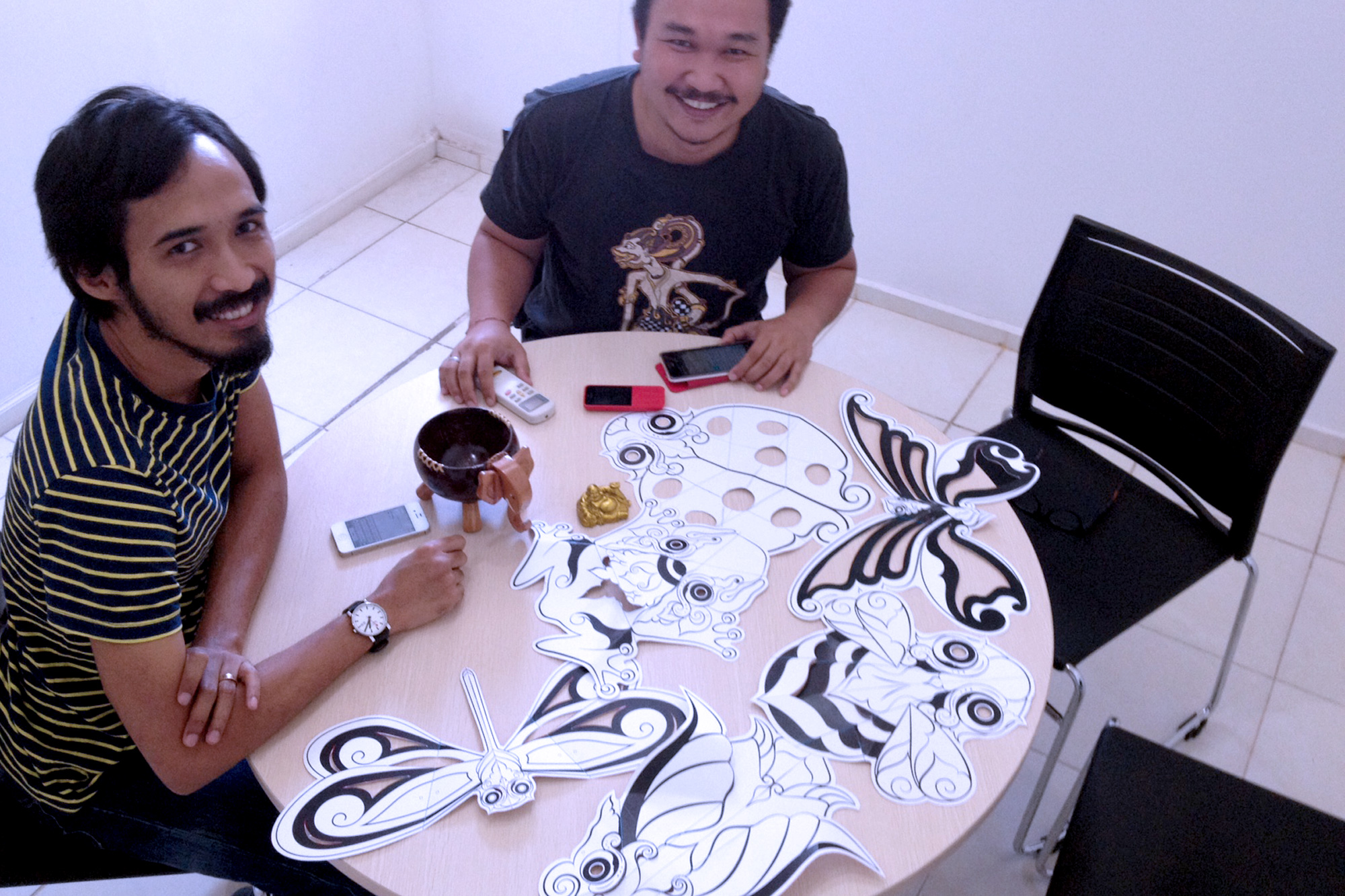
I am sitting here with a big fat grin on my face, and it is because designs for six simple white paper masks are finally ready to be printed, and I could not be happier! These white hats are part of a new album and live production called, It’s All a Beautiful Noise.
While on holiday in Bali, I found inspiration in two Balinese line drawings of the Barong created by local tattoo artists. The Barong for those of you who may not know, is a good spirit; a guardian and protector. I wanted the designs to carry this powerful resonance and to bring this spirit into my concerts.
Wahya Biantara and Purwa Suajaya from Denpasar who make up Lumonata’s design team injected the Balinese spirit into each hat they designed. Giving each pollinator a dynamic intensity in the eyes that I absolutely love! We’ve got one special collection of badass pollinators for you to wear!

It’s a funny odd impossible thing to try and trace where the desire and inspiration to create a specific thing comes from… whether it’s a piece of music, an invention, a story, a concept, or even a simple white hat.As I write this, I am struggling to remember when the Divine Spark hit me to want to give a simple white paper hat or mask to people as they came into our concerts. Now, I am only in touch with the ‘Why’.
The spark came from being inundated with Facebook posts about the bee collapse several times a week over the last several years. These posts brought to my attention that our littlest angels, the pollinators, are in trouble and need our help. And it’s not just the bees; the Monarch, the orange-and-black butterfly once a common sighting in backyard gardens in the US, and known for its long migration to overwinter in Mexico is now on the brink of collapse. And if one looks even deeper we learn some species of frogs, birds, bats, dragonflies and ladybugs are equally affected.
Now here’s what I think is the cool part of this story… we are very lucky chemical farming practices and foraging are the number one cause.
What? Lucky, you say!
I say this because this actually makes this problem a relatively easy fix. I say it’s an easy fix because what we buy we grow. So, if we stop buying the problem will stop growing. And that’s because our personal power is magnified in our collective buying power. Look, if we take a little bit of time to educate ourselves, and each other about which products contain the harmful neonicotinoids tied to pollinator collapse, and stop buying them, there will be no market for the biotech companies to supply, and we save our littlest angels and ourselves.
Marla Spivak a distinguished McKnight professor in entomology at the University of Minnesota writes, “Honeybee colonies are dying at frightening rates. Since 2007, an average of 30% of all colonies have died every winter in the United States. This loss is about twice as high as what U.S. beekeepers consider economically tolerable. In the winter of 2012-13, 29% of all colonies died in Canada and 20% died in Europe.”
“Wild bee species, particularly bumblebees, are also in peril. Anyone who cares about the health of the planet, for now and for generations to come, needs to answer this wake-up call. Honeybees and wild bees are the most important pollinators of many of the fruits and vegetables we eat. Of 100 crop species that provide 90% of our global food supply, 71 are bee-pollinated. The value of pollination of food crops by bees in the U.S. alone is estimated at $16 billion and insect pollinators in general contribute $29 billion to U.S. farm income. Fewer bees lead to lower availability and potentially higher prices of fruit and vegetables. Fewer bees mean no almonds, less coffee and less alfalfa hay available to feed dairy cows.” Marla goes onto say, “We need good, clean food, and so do our pollinators. If bees do not have enough to eat, we won’t have enough to eat. Dying bees scream a message to us that they cannot survive in our current agricultural and urban environments.”
When you consider how long bee collapse has been going on and increasing each year and the fact no organised effort has been made to take this on. I ask you, isn’t time we do something together?!!








